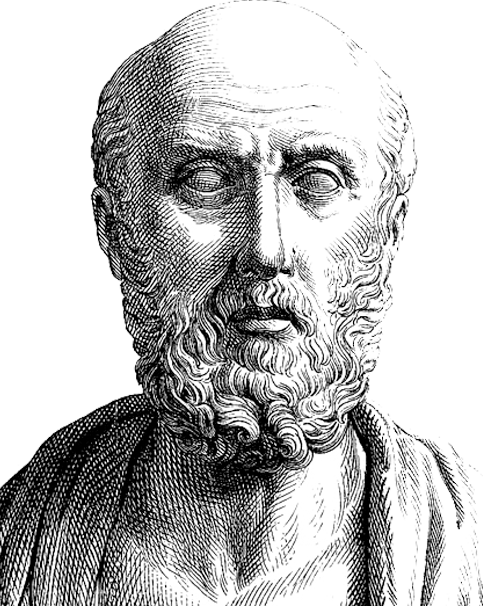.png)
.png)

.png)
For the most part, there are no pure styles, but all people share these four styles in varying degrees of intensity represented by graphs with a midline. These composite styles are known as style blends, each with their own characteristics, preferences, fears, strengths and limitations.
In 1940, Walter Clark took Marston’s theories and developed the first DISC Personality Profile. Fast forward to the present and this system has become known as the universal language of behavior because of its simplicity and sincerity. The language is easily learned, understood, and administered by widespread audiences.
Since it has been established, DISC has consistently proven to be a reliable and valid instrument.
C = Conscientious
Accurate, Analytical, Conscientious, Fact-finder, Systematic, High standards
S = Steady
Good listener, Team player, Possessive, Steady, Predictable, Understanding
I = Influential
Enthusiastic, Trusting, Optimistic, Persuasive, Talkative, Impulsive, Emotional
D = Dominant
Direct, Decisive, High ego strength, Problem solver, Risk taker, Self-starter
DISC is a behavioral assessment tool that was built by methodologies from renown Physiologists in the 1920s. Its systems are one of those used by over 80% of Fortune 500 companies today. It is widely regarded as a highly accurate and trusted behavioral assessment tool for individuals and teams. Concord incorporates the system into our platform and our Dr. Whoo knows it inside and out.


William Moulton Marston PhD and the Development of the DISC Personality Test
Marston graduated from doctoral studies at Harvard in the newly developing field of psychology. His landmark book, Emotions of Normal People, published in 1928, showcased his extensive research and theory behind the DISC model. William Moulton Marston set out to examine observable “normal” behavior in a particular environment. He believed our styles are both natural, internal, and innate, but also largely impacted by our particular environment at the time. This combines the idea that we are impacted both internally AND externally, which affects our behaviors.
.png)
Katherine Cook Briggs and her daughter, Isabel Briggs Myers, worked with Jung’s theories and published the first MBTI survey in 1962. The new evolution of Jung’s theories now had 4 dichotomies of personality, focusing on normal populations and naturally occurring differences:
EXTRAVERSION (E) Vs INTROVERSION (I)
SENSING (S) Vs INTUITION (N)
THINKING (T) Vs FEELING (F)
JUDGING (J) Vs PERCEPTION (P)
SENSATION INTUITION
FEELING THINKING
Carl Gustav Jung and the Development of the Myers Briggs Type Indicator (MBTI):
From ancient elements and humors, we move forward in time to Carl Gustav Jung and the development of the Myers Briggs Type Indicator (MBTI). Still attributing personality to internal influences, Jung determined that our behavior is based on the way we think and process. He contributed much to the understanding of “type” behaviors, believing that individuals had a “Psychological Type” and that people vary by how they perceive things and make decisions. In 1921, Jung published the book, Psychological Types, identifying 4 ways in which we experience the world:
PHLEGMATIC (Phlegm/Calm)
SANGUINE (Blood/Cheerful)
CHOLERIC (Yellow Bile/Enthusiastic)
MELANCHOLIC (Black Bile/Somber)
What were previously external elements became bodily fluids (or humors), which affected our behaviors, but this time from internal influences. Phlegm/Phlegmatic was associated with the element water, representing calmness. Blood/Sanguine was associated with the element air, representing cheerfulness. Yellow Bile/choleric was associated with the element fire, representing enthusiasm. Black bile/Melancholic was associated with the element earth, representing being somber. One’s dominant humor was believed to have determined his or her personality type.
Empedocles (444 BC) – The Four Elements
Hippocrates (370 BC) and Galen (190 AD) – The Four Humors
Galen
Hippocrates


Known as the Four Temperaments from Hippocrates, and The Four Humors from Galen, these great medical minds believed that a balance of 4 bodily fluids was necessary to maintain health.
EARTH
FIRE
AIR
WATER
.jpg)
In ancient Greek, pre-Socratic philosophy, behavior was attributed to four external, environmental elements. Empedocles called these the four “roots” or elements.
Did you know that the current day DISC Personality System could in many ways be traced back to ancient history? Throughout time, philosophers have tried to identify what makes people act the way that they do and it always comes back to 4 separate quadrants, which have evolved throughout time. Let’s begin our DISC history with Ancient Greece.
These applications apply to:
• Managers and Leaders
• Consultants, Coaches, & Trainers
• Counselors
• Business & Human Resources
• Medical Practices
• Education
• Ministry & Faith-Based organizations
• Personal Growth
Applications of DISC include, but are not limited to:
• Improving communication in both personal and corporate environments
• Talent Management
• Hiring the right person for the job.
• Placing employees and/or volunteers where they will be most productive and content
• Avoiding and resolving conflict
• Building strong and cohesive teams
• Managing stress
• Training managers and leaders in communication techniques, organizing and working with people, and increasing productivity
• Training salespeople in styles of selling and meeting the needs of the client
• Motivating staff and improving morale
• Increasing understanding in combination with counseling techniques
• Improving student performance
Because the principles of DISC are simple, easy to apply, and easy to understand, there are several applications for this behavioral tool. At the most basic level, DISC can be used for personal development, to better understand yourself, your motivations, and why you repeatedly do the things you do. Once one can understand themselves as well as the tendencies and communication styles of others, increased communication and understanding between individuals ensues. This can be applied to conflict resolution, team building, and increasing communication in personal or corporate culture. When applied to specific areas, such as hiring, leadership development, stress management, sales training, education, or ministry, these tools can be applied in very specific ways to achieve a goal.


Harmony makes small things grow, lack of it makes great things decay.
CONCORD © COPYRIGHT 2019
.png)

.png)
.png)
.png)